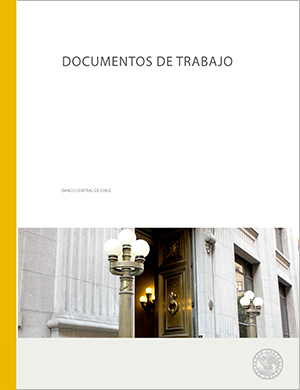Working papers N° 355: The New Keynesian Phillips Curve in an Emerging Market Economy: The Case of Chile
Working papers N° 355: The New Keynesian Phillips Curve in an Emerging Market Economy: The Case of Chile
Publications
Working papers N° 355: The New Keynesian Phillips Curve in an Emerging Market Economy: The Case of Chile
Autor: Luis Felipe Céspedes , Marcelo Ochoa
Description
This paper presents GMM empirical estimations of the New Keynesian Phillips curve (NKPC) for Chile. Our results tend to support the hybrid version of the NKPC, with an estimated backward-looking coefficient of about 0.4. The estimated Calvo coefficient, that captures the degree of price rigidity, assuming firm specific capital is about 0.65. This implies that prices are optimally adjusted on average every 3 quarters, approximately. Our results also indicate the existence of a structural break in the NKPC, which occurred when the inflation target converged to its long-run level (around 2000). We find evidence that the frequency of optimal price adjustment and the degree of indexation to past inflation have decreased over time.
Working papers N° 355: The New Keynesian Phillips Curve in an Emerging Market Economy: The Case of Chile
Boxes and graphics

